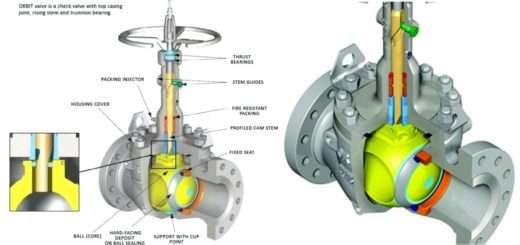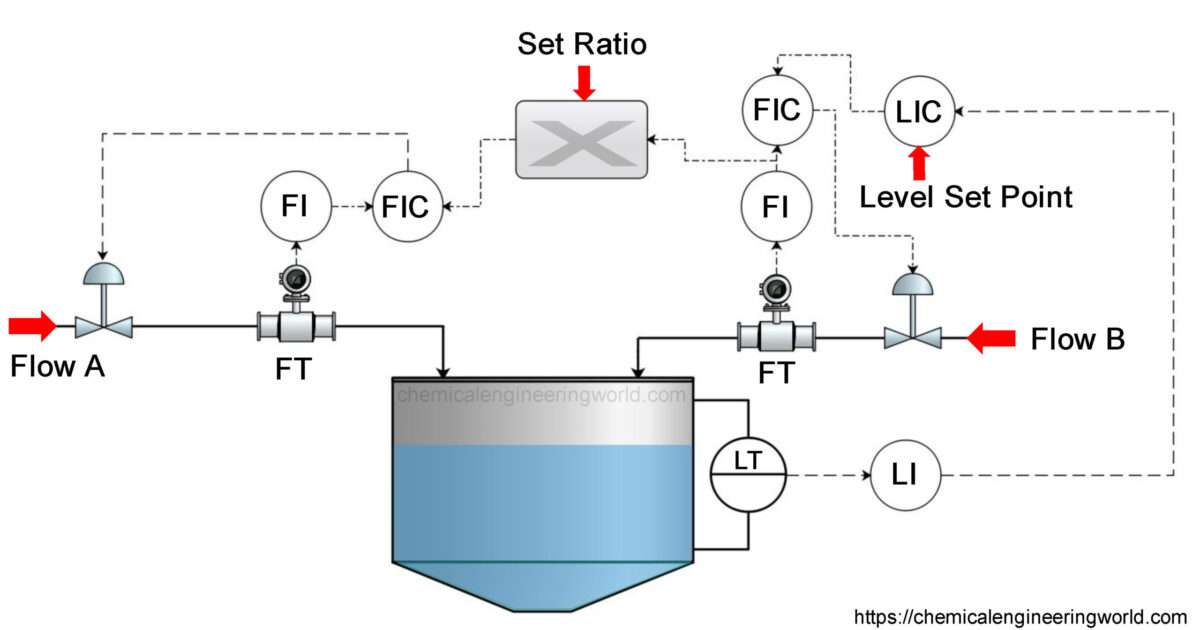Rutherfordium Element Properties and Information

Rutherfordium Element Properties and Information
Rutherfordium is 104th element on the periodic table. Elements are arranged in the periodic table on the basis of the atomic number. Atomic number is the number of protons in the nucleus of the atom. Rutherfordium has an atomic number of 104. It is located in the Group 4 and Period 7 of the periodic table of elements and denoted by the symbol ‘Rf’. Rutherfordium is named in honour of Ernest Rutherford, one of the first to explain the structure of the atom.
Rutherfordium was discovered by a team led by Georgy Flerov at the Joint Institute for Nuclear Research (JINR) when they bombarded plutonium with neon in 1964. They confirmed their findings in 1966. A team led by Albert Ghiorso at the Lawrence Berkely Laboratory (LBL) produced rutherfordium in 1969 via two different ways: by bombarding curium with oxygen and by bombarding californium with carbon. Rutherfordium does not occur naturally in Earth’s crust; it can only be prepared in a synthetic manner in particle accelerators. It cannot even be prepared in a nuclear reactor. All the isotopes of rutherfordium which have been characterized so far have been obtained synthetically.
Physical Properties
- Rutherfordium is a radioactive metal which is also the first transactinide element.
- The atomic mass of rutherfordium is 260.9.
- The melting point of rutherfordium is unknown as of yet.
- The boiling point of rutherfordium is unknown as of yet.
- The density of rutherfordium is predicted to be around 17000 in S.I. units at 20°C.
- The most stable isotope of rutherfordium, rutherfordium-267, has a half-life of only 1.3 hour: this poses challenge in predicting the properties of rutherfordium or even experimenting with it.
- Rutherfordium is expected to display a hexagonal close-packed structure and also expected to transition to body-centered cubic structure under very high pressure.
- Nearly 16 isotopes of Rutherfordium have been reported so far.
Chemical Properties
- The calculation of chemical properties of rutherfordium tells that it is quite similar to hafnium and quite different from lead.
- Experiments to find the properties of rutherfordium have only been performed in gas-phase and aqueous solution.
- Rutherfordium is expected to display a stable oxidation state of ‘+4’ and a relatively less stable state of ‘+3’.
Methods of Production
Particle Accelerator: All the elements which have atomic number greater than 100 can only be prepared through reactions in a particle accelerator such as a cyclotron; they are not formed in a nuclear reactor. Californium-249 is bombarded with carbon-12 to yield rutherfordium-257.
Relevance in Chemical & Related Industries
Rutherfordium has no relevant use in chemical & related industries.
Relevance in Other Industries
Research: Rutherfordium has relevance only in the field of research.
Health Effects on Exposure
Rutherfordium doesn’t occur naturally hence there is no reason to study its effects on health.
Effects on Surroundings
Rutherfordium does not occur in Earth’s crust hence there is no reason to study its effects on environment.
References:
https://en.wikipedia.org/wiki/Rutherfordium
https://www.lenntech.com/periodic/elements/rf.htm
https://www.rsc.org/periodic-table/element/104/rutherfordium
































